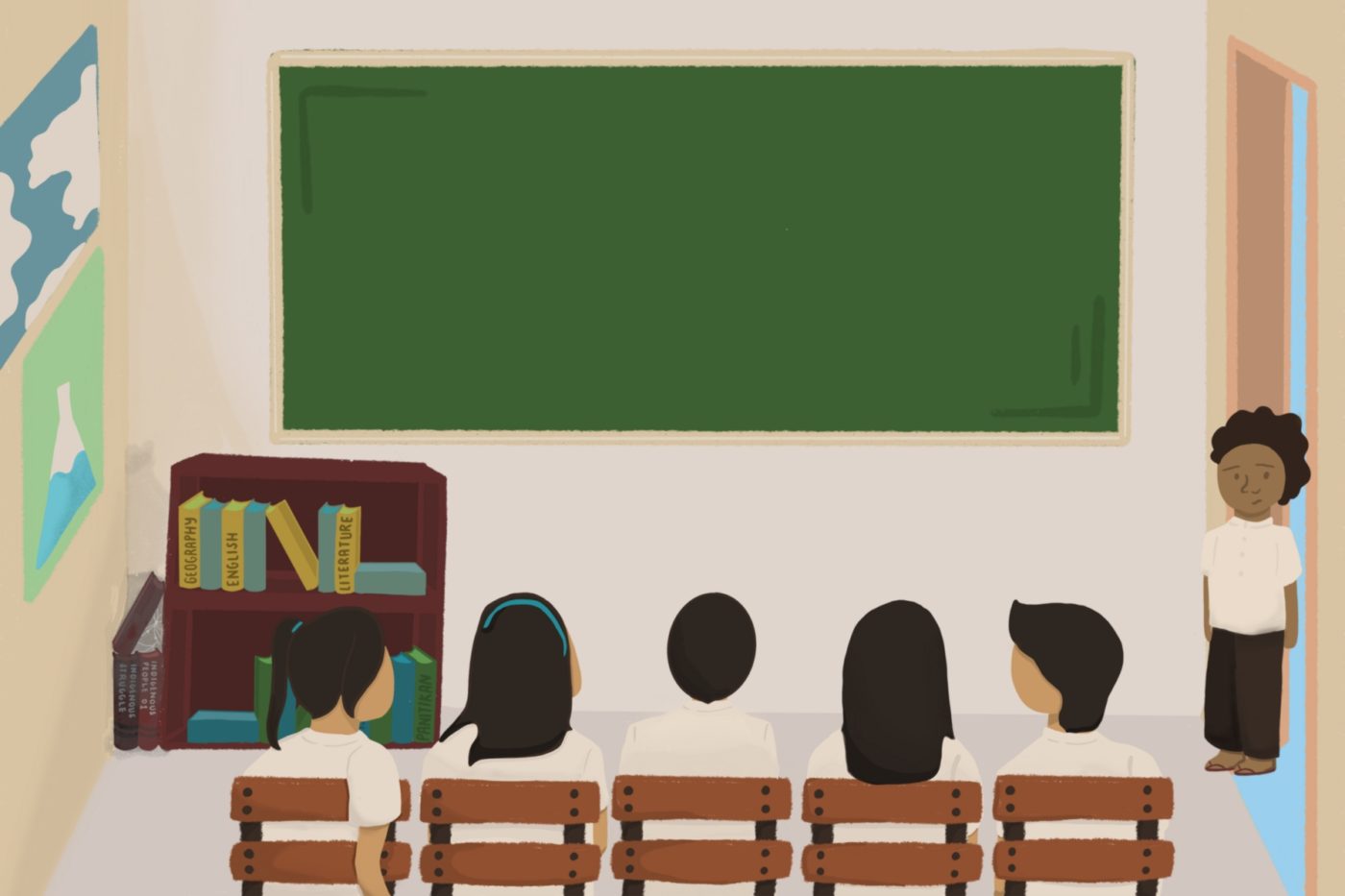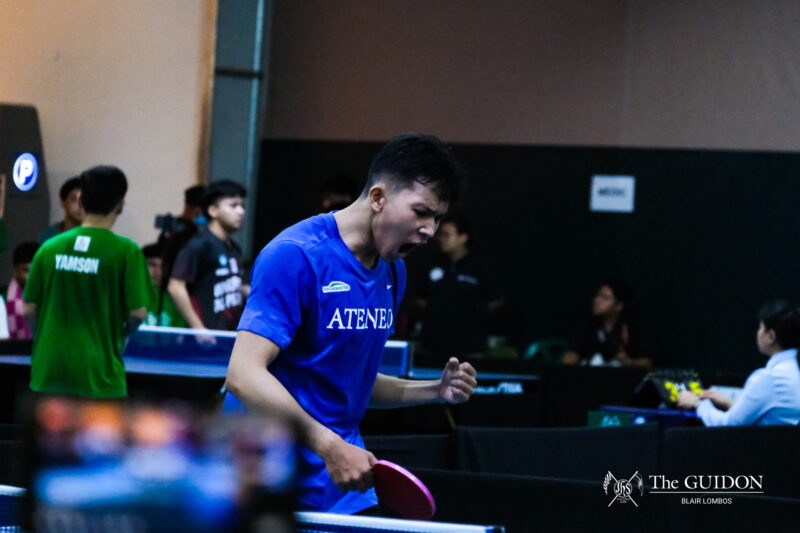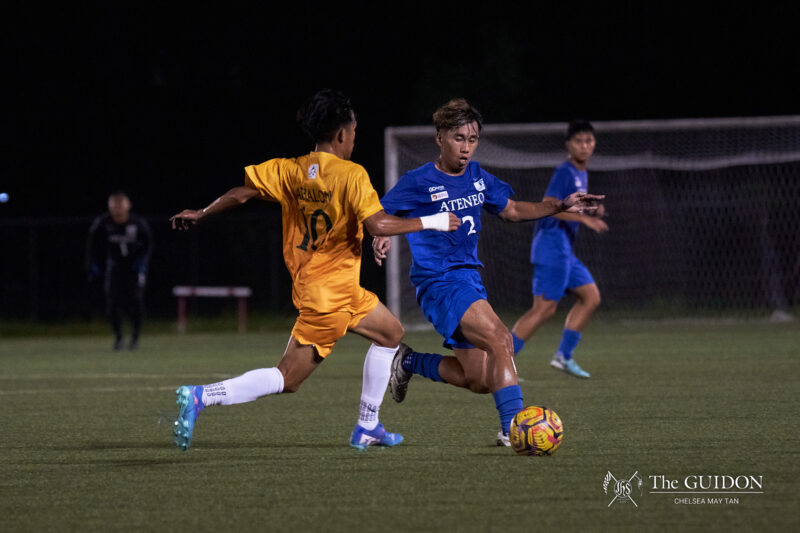Students are in school as inheritors of the future. Through education, they are expected to obtain the skills, knowledge, and experience necessary to solve tomorrow’s problems. However, society’s greatest challenges can only be addressed when there is an awareness of their existence. Justice does not prevail where truth is absent—and in the education system, these gaps are all too familiar.
The lack of materials covering indigenous peoples’ (IP) struggles is one shortcoming of Philippine education. With teaching capacity and relevant facilities found lacking, IP-centric issues are rarely tackled in the classroom. As a result, indigenous people who cry out for justice remain unheard—it seems hardly anyone is listening. It’s no wonder then that in the 2017 Philippine Education Summit, 11 IP representatives affirmed DepEd’s efforts to render local education initiatives more inclusive of IP communities, especially of their history, culture, and aspirations.
Although self-education on the plight of IPs is achievable, education on such plights remains the responsibility of academic institutions. Recognizing this, Senator Sonny Angara authored the Integrated History Law or RA 10908, thereby mandating the integration of the history, culture, and identity studies of IPs and Filipino-Muslims in basic and higher education. In order for schools to effectively do this, the act requires them to consult with experts in IP and Filipino-Muslim fields of knowledge before anything else.
However, despite RA 10908’s implementation in 2016, the law has only been in effect in select schools nationwide. According to the Department of Education, complying schools have mostly hailed from Mindanao.
The Commission on Higher Education (CHED) has recently taken a step towards fast-tracking the bill’s implementation across the country. Last April, it released CHED Memorandum Order (CMO) No. 2, Series of 2019, which similarly directs universities to integrate IP studies into the relevant curricula. Constructed in accordance with the Integrated History Law, the CMO strives to create what Angara believes is “a truly inclusive history that accounts for all Filipinos.”
Turning law into action
CMO No. 2-2019 builds on the Integrated History Law by providing clearer guidelines as to its implementation and supervision. In effect, higher education institutions are provided two ways to go about integrating IP studies into their respective curricula: Either by incorporating IP topics, contexts, and concepts into subjects like history, political science, and the social sciences; or by including readings about IPs and Filipino-Muslims in general education subjects.
The Coalition of Ateneans for Indigenous People (CAIP) President Camille Bagaipo reflected on CMO No. 2-2019’s objective, especially within the context of Ateneo. For Bagaipo, implementation of the aforementioned CMO could realize “…a more inclusive approach, which I think is within [Ateneo’s] means right now.” With that, she went on to illustrate how an integrated University curriculum could achieve this inclusiveness.
For instance, the University’s course on Rizal and the Emergence of the Philippine Nation or HI165 could discuss how Muslims and IPs figured into the Spanish Occupation. For the University’s course on Philippine History or HI 166, the experience of Martial Law can be analyzed from different regional, and often unheard, perspectives such as that of the IPs. Achieving this is possible, since “we have notable professors who have been studying [IPs]” said Bagaipo.
Another important clause in CMO No. 2-2019 establishes a monitoring protocol to ensure compliance with the memo. The memo requires institutions to submit to their assigned CHED Regional Office (CHEDRO) documents that show their plans and completed actions towards complying with the order. These documents include the IP Education Monitoring Forms 1 and 2, relevant course syllabi, and the relevant faculty to handle the IP course. CHEDROs are then tasked to develop and maintain a Regional Registry of IP Educators and prepare status reports on IP education.
CMO No. 2-2019 also provides for the Office of Programs and Standards Development to do the same on a national scale. Continuous supervision of how schools integrate IP studies into their respective curricula is crucial, given the depth of sensitivity and expertise needed to teach IP issues in a nuanced manner.
“One thing that CAIP really wants to get across this year is that IP issues are very complex,” Bagaipo explained. “Even in my own journey of being an advocate, there are things I realize that are not as broad or as simple as they seem to be.”
“There are some Mindanaoan communities, for example, that don’t like being called Lumad,” she maintained. “They want to be called their tribe, which is valid.”
If anything, the complexities of the situation will require a tremendous amount of effort if the University, much less the country, is to ultimately realize inclusion of indigenous people. With that, policymakers can perhaps turn to Australia’s education system to learn a thing or two from its efforts on achieving inclusivity.
The Australian perspective
In December 2015, the Australian government introduced the Aboriginal Languages and Torres Strait Islander Languages Framework in an effort to guide the development of teaching and learning of particular Aboriginal and Torres Strait Islander languages, thereby supplementing Australia’s current curriculum. The intent is that it will be utilized by state and territory education jurisdictions, schools, and communities to develop language-specific curricula and programs.
It is a timely policy, especially since research has indicated that classroom teachers devote less than five minutes per week to teaching Aboriginal and Torres Strait Islander curriculum, languages, literature, and cultures, with many not engaged in these activities at all. In learning Aboriginal and Torres Strait Islander languages, Australians gain a distinctive means of understanding the relationship between their land, environment, and people.
On the tertiary level, Australia has tapped the University of Melbourne to strengthen the Australian student’s knowledge about Aboriginal and Torres Strait Islander civilizations across Australia and how they operate. The initiative is being led by prominent academic and historian Professor Marcia Langton.
The next step forward
In 2015, the Philippines’ Department of Education (DepEd) responded to the call for IP inclusion with DepEd Order No. 32, s. 2015, otherwise known as the Indigenous Peoples Education (IPEd) Curriculum Framework. With it, guidance to both public and private schools will be provided as they localize, indigenize, and enhance the K to 12 Curriculum. As of 2017, 7,767 public-school teachers and school heads have already undergone relevant training on tools needed to instruct students on indigenous people.
Establishing an integrated approach to IP inclusion via the national curriculum will always be easier said than done. However, if anything, it is arguably the retraining of educators across all levels by collaborating with IP stakeholders—to thereby allow for understanding, appreciating, and ultimately teaching of indigenous languages and cultures—that will often be the logical step to be taken if we are to solidify any IP-inclusive initiative, framework, and policy.




